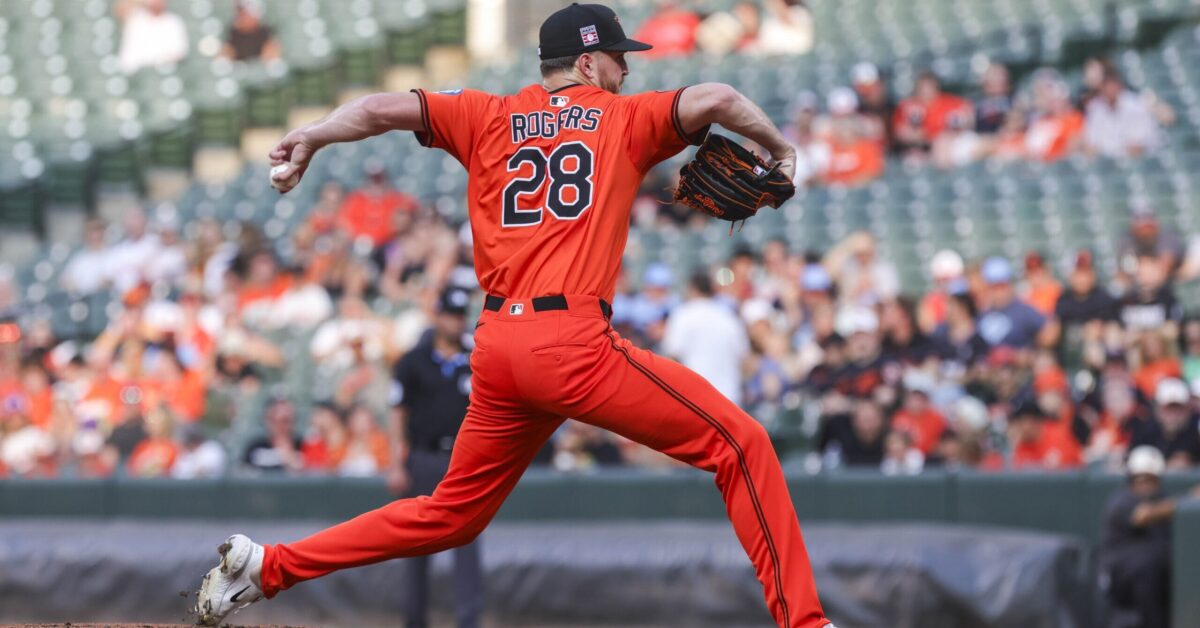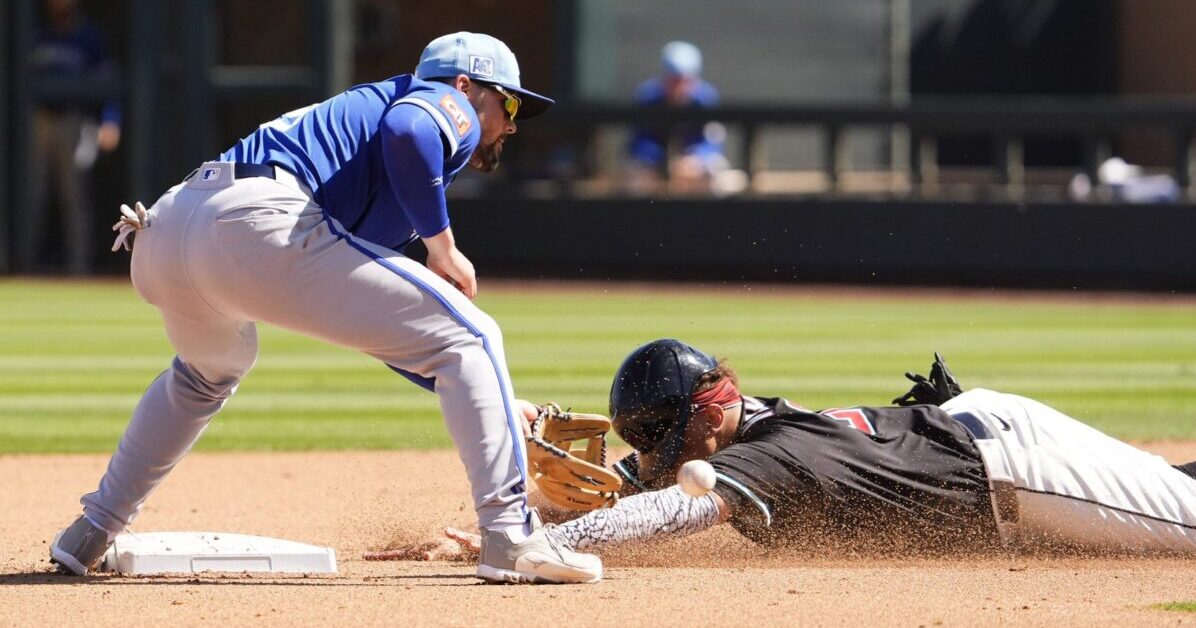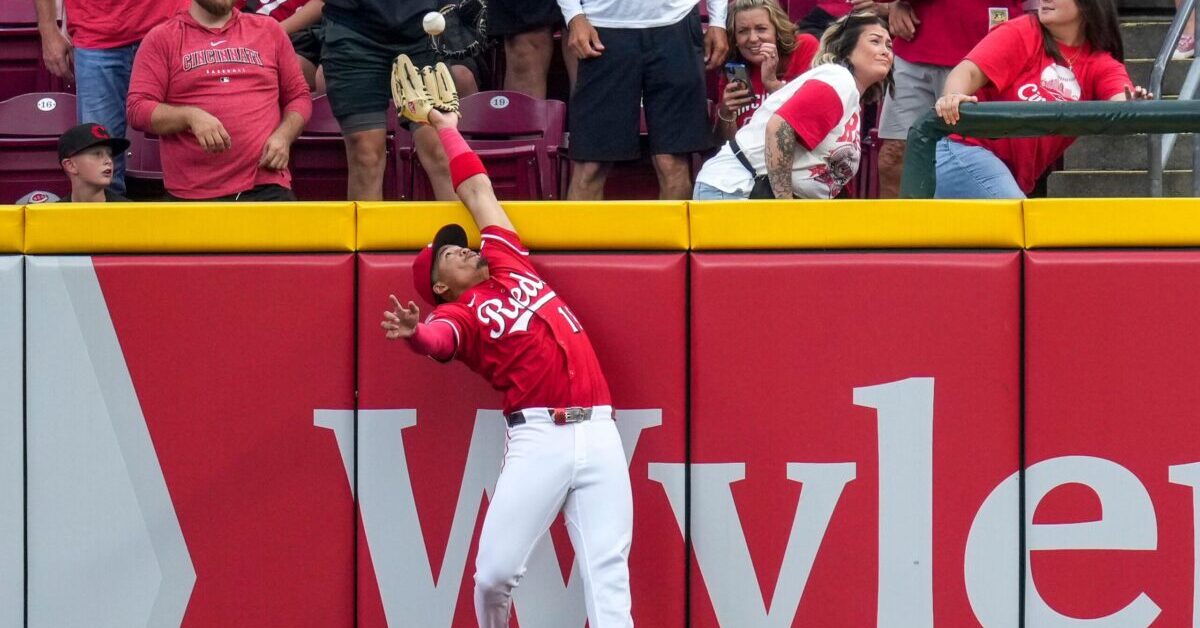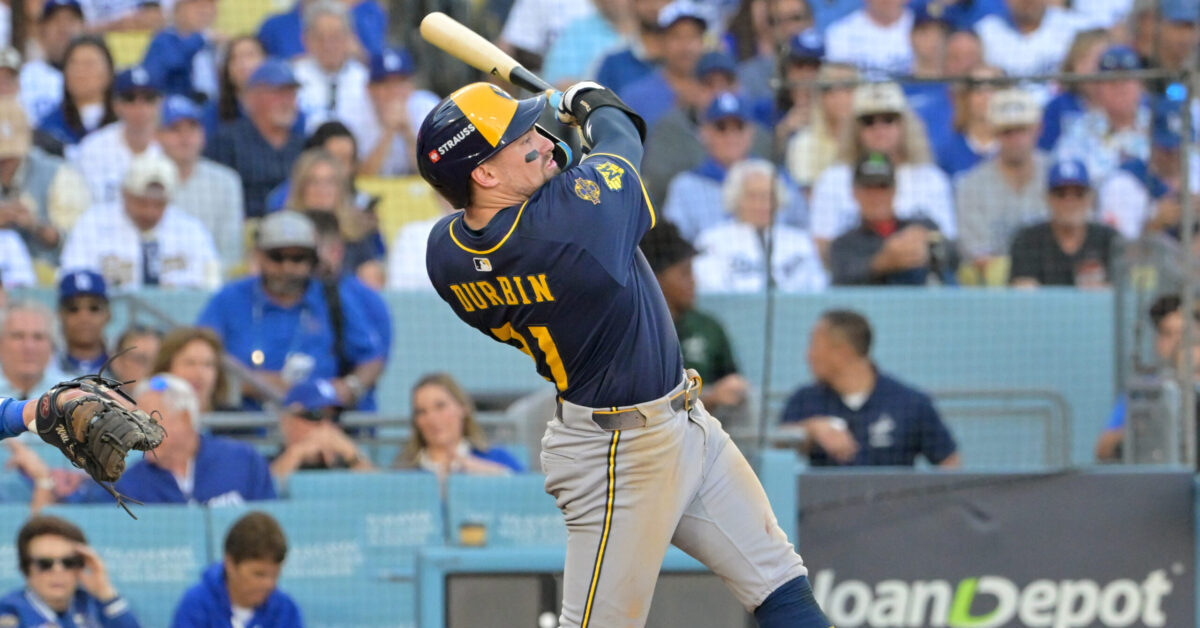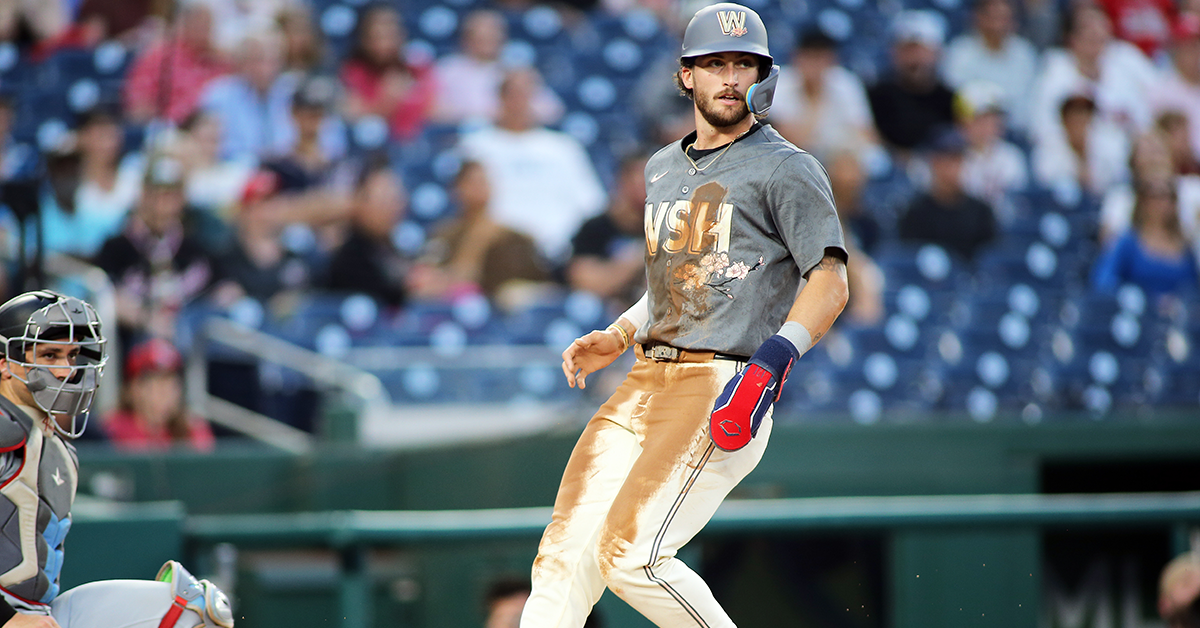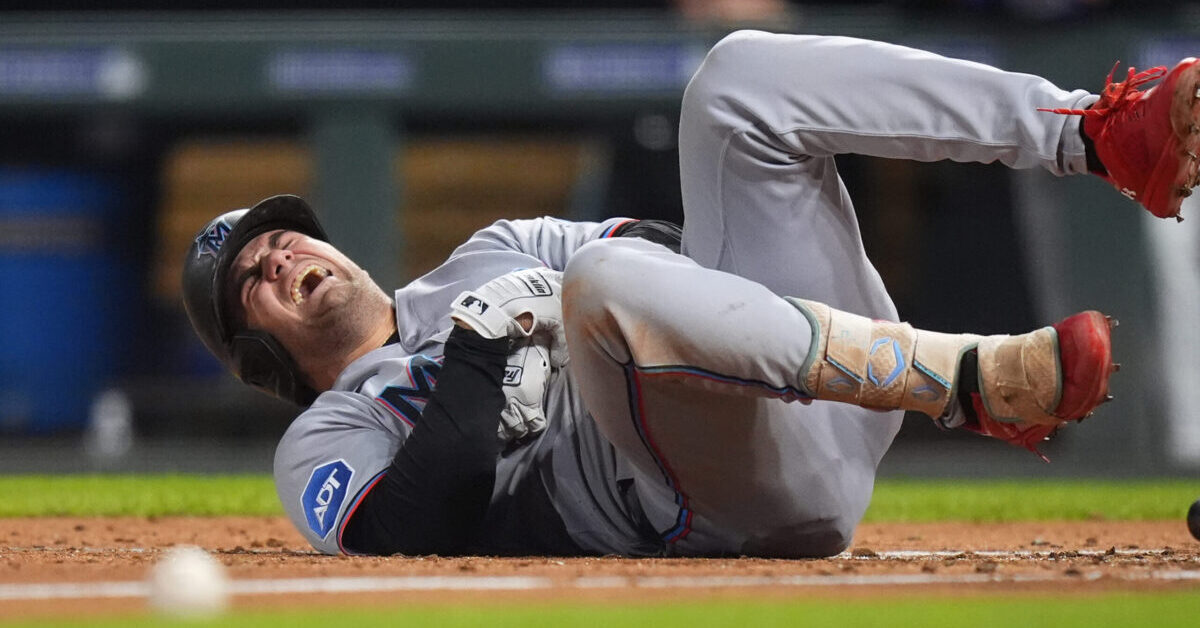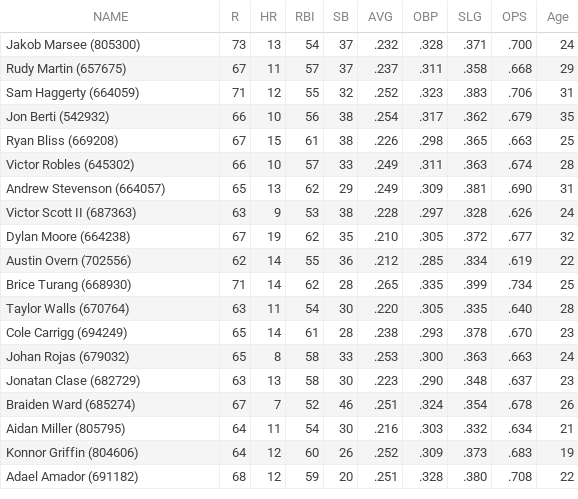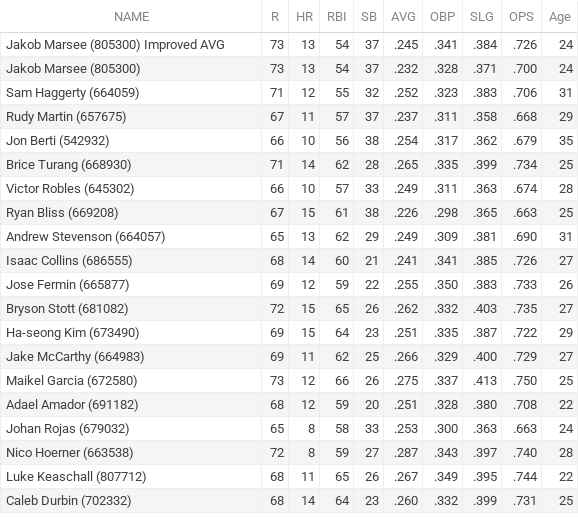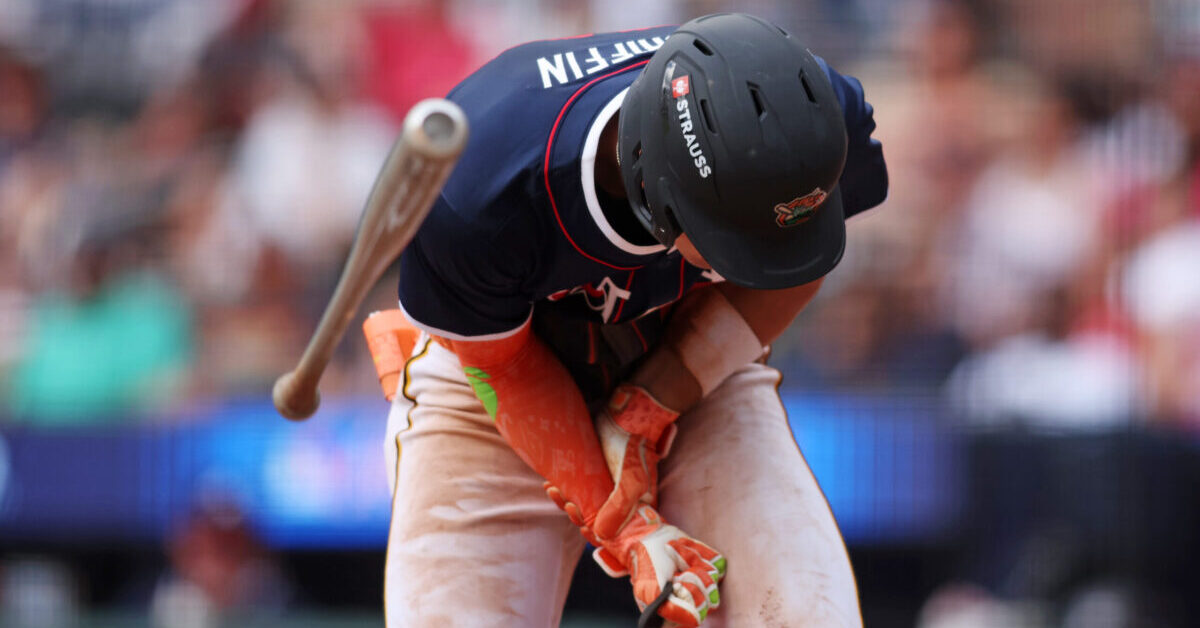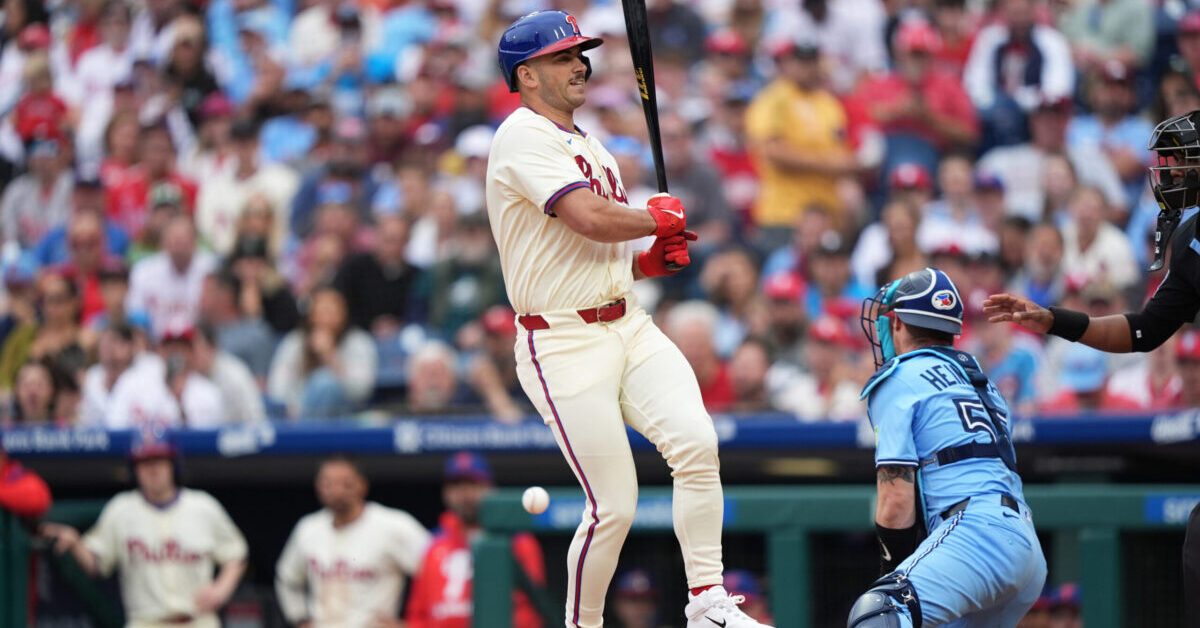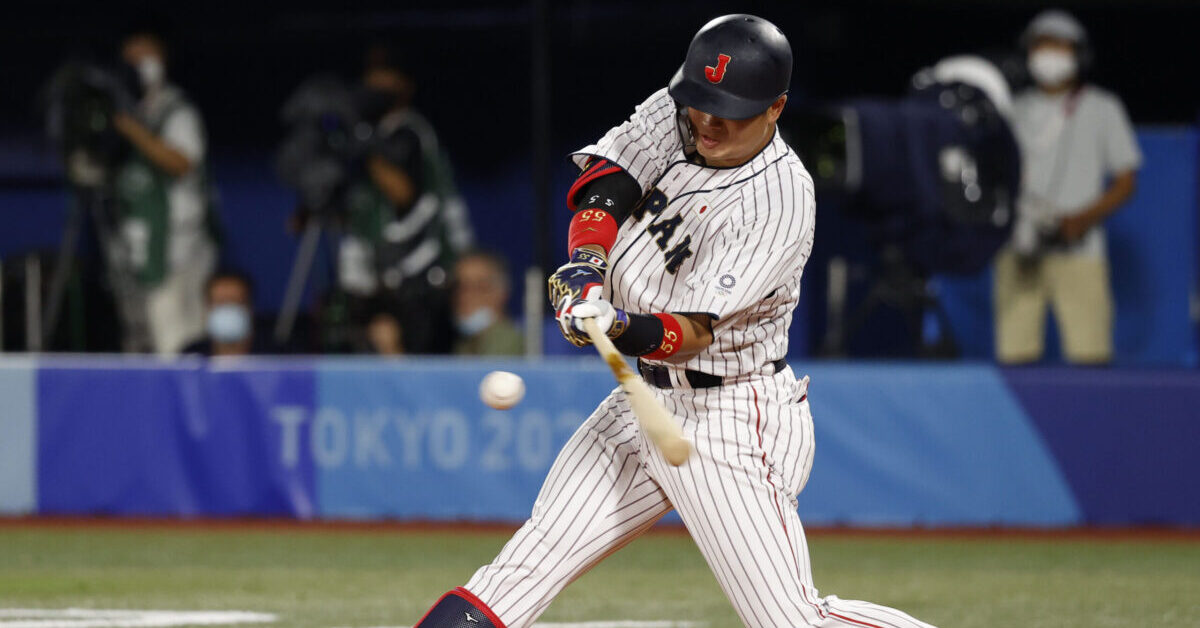Mining the News (11/3/25)
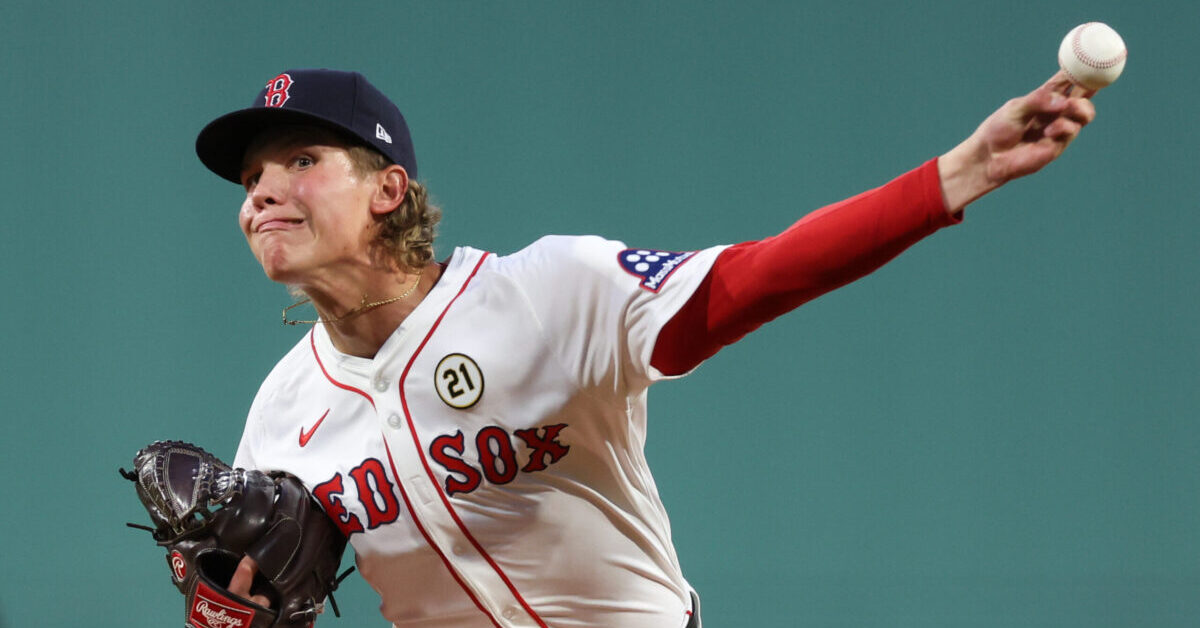
Paul Rutherford-Imagn Images
• Hiroto Saiki will NOT be posted after all.
RHP Hiroto Saiki is not expected to have his posting to MLB approved by the Hanshin Tigers following the team’s loss in the Japan Series.https://t.co/2yeooFhzSV
— Yakyu Cosmopolitan (@yakyucosmo) October 31, 2025
American League
Blue Jays
• Bo Bichette will not have offseason knee surgery.
Bo Bichette says he’s not anticipating needing off-season surgery on his knee.
— Ben Nicholson-Smith (@bnicholsonsmith) October 31, 2025
Guardians
Mariners
• Bryce Miller will not have surgery to remove a bone spur that bothered him last season.
Seattle right-hander Bryce Miller is not expected to need elbow surgery this offseason, reports Adam Jude of the Seattle Times. Miller had multiple stints on the injured list this past season due to elbow inflammation. He returned for the final six weeks of the regular season and made three starts in the playoffs. “I finished the year the best I felt all year — three good starts, I felt like,” Miller told Jude. “My body and my arm feel good, so just get better, get fully healthy and be ready to go from Day 1 next year.”
Miller was diagnosed with a bone spur in his elbow and received a PRP injection in early June. He relayed to Jude that he has an upcoming appointment to determine the next steps in treatment. Miller said the likely route is a gel cortisone injection early this offseason, and potentially another one at the start of spring training. “Now that we know how to deal with the bone spur, we can figure out what we need to do exactly with it and go from there,” Miller told Jude. He added that he’d be “surprised” if the appointment led to an invasive procedure.
Red Sox
• Jen McCaffrey of The Athletic thinks Connelly Early will be in the rotation before Payton Tolle.
That said, I think Early is a bit ahead of Tolle, both in development because he’s a year further along and in terms of his major league readiness. I could see a scenario where he’s the No. 5 starter on Opening Day, but of course, there are a lot of moving parts this winter. We’ve also seen that the rotation the team thinks it has at the start of spring inevitably gets shuffled because of a pitcher injury or setback in the spring.
Tigers
• Gleyber Torres had hernia surgery.
Torres’ representatives announced the successful surgery on social media Friday morning. He is expected to be healthy for the start of Spring Training in a few months.
• Top prospect, Max Anderson, is working on playing third base and hitting the ball in the air in the Arizona Fall League.
Anderson is seeking something similar. He made 21 appearances at the hot corner – a spot he had never appeared professionally – between Double-A Erie and Triple-A Toledo during the regular season, and he has made each of his first seven defensive starts there with Scottsdale.
…
Even beyond the raw statistics, there were things that Anderson would have to improve upon in his second full pro year – his 55.4 percent ground-ball rate at Double-A among them. He dropped that mark by more than 10 percent during his time with Erie in ‘25 (44.8 percent).“As simple as it sounds, really just trying to hit the bottom of the ball,” said Anderson. “Nothing crazy, no swing changes or anything, just trying to get under it, as simple as it sounds – it’s almost more of a mentality than a swing change.”
White Sox
• Tim Elko just had knee surgery and expects to miss eight months.
1B Tim Elko
Injury: Torn ACL in right knee
Expected return: June-July 2026
Status: Elko underwent successful surgery to repair the torn ACL on Oct. 28, performed by Dr. Lyle Cain at the Andrews Sports Medicine and Orthopedic Center in Birmingham, Ala. His estimated recovery time is eight months, per the team.
National League
Diamondbacks
• Jordan Lawlar is getting center field reps.
Los azules en La Romana para esta noche… 😎👑#ElgLorioso 💙 pic.twitter.com/hx7IXHTV63
— Tigres del Licey (@TigresdelLicey) October 28, 2025
Padres
• The team plans on Luis Campusano contributing next season.
The majority of the Padres’ arbitration-eligible players are expected back in 2026. Luis Campusano, who made $1 million in ‘25, is an interesting case, but Preller, speaking during his end-of-season press conference, noted that Campusano would be part of the team’s plans this winter.
Reds
• There are no plans to move Elly De La Cruz to the outfield.
As for the common question of whether De La Cruz should be moved off shortstop to center field to get more production from him offensively, that’s not in the club’s plans.
“As of right now, no,” Krall said.
Rockies
• Kris Bryant’s back is all jacked up and getting worse.
Kris Bryant has played in only 170 games over his four seasons with the Rockies, and the 2025 campaign saw Bryant appear in just 10 games before his recurring back issues brought his season to an early close. Lumbar degenerative disc disease has left Bryant feeling pain while performing basically every baseball activity not related to swinging, and the former NL MVP told the Denver Post’s Patrick Saunders, and this discomfort has now extended to his day-to-day life.
“It’s exhausting for me waking up and hoping to feel [better],” Bryant said. “I can’t tell you the last time I woke up feeling I’m in a good spot….If you asked me two or three months ago, I would say [my back pain] was not affecting my everyday life. But now it is, which is really annoying to me because usually when you kind of just rest, it’s supposed to get better. So maybe I’m at a point where I should just do a bunch of stuff to see if that helps me.”

